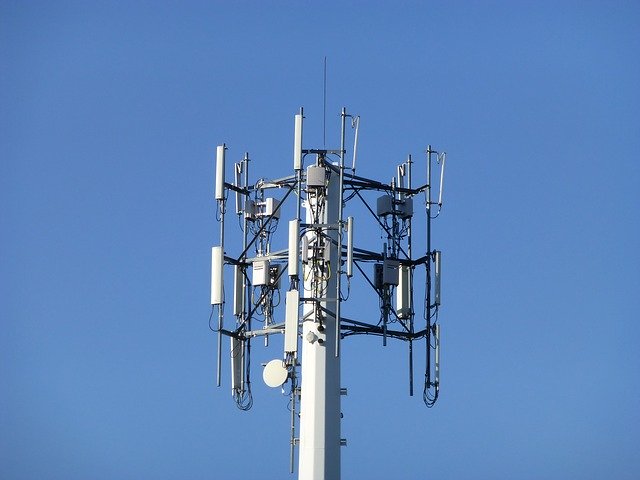Cellular V2X (C-V2X) Simulation

- Thesis type: Bachelor / Master’s
- Status: Open
- Supervisor: Ion Turcanu (contact)
Description
Vehicular Networks are expected to improve traffic safety and efficiency by enabling a wide range of emerging services and applications. There are currently two main communication technologies that allow connected vehicles to communicate among each other and with other traffic participants (pedestrians, bicyclists, etc.): IEEE 802.11p and Cellular V2X (C-V2X), where V2X stands for Vehicle-to-Everything communication. While IEEE 802.11p is a more mature technology, which has been tested and validated over the last two decades, C-V2X is a relatively new technology, which requires significant effort to extend the existing centralized cellular networks to support V2X communications. The 3rd Generation Partnership Project (3GPP) published in Release 14 an evolution of the LTE standard to support V2X communications, introducing two new communication modes: Mode 3 and Mode 4. In Mode 3, the cellular network is in charge of selecting and managing the radio resources used by vehicles for their direct V2V (Vehicle-to-Vehicle) communication. In Mode 4, vehicles autonomously select and manage their radio resources without any cellular infrastructure support, based on a Semi-Persistend Scheduling (SPS) scheme.
Recent studies have proposed analytical models to evaluate the performance of C-V2X Mode 4 technology. Some of these analytical models have been validated against simulation models [1,3]. However, these simulation models are not publicly available. Recently, an open-source simulation model for C-V2X Mode 4 has been relesead [2,4]. The goal of this thesis is to validate the performance of the newly released C-V2X Mode 4 simulation model [2,4] against existing analytical models. The thesis will perform a simulation study of the main parameters that can affect the performance of C-V2X and will compare them against the analytical models described in [1] and implemented in [3].
Keywords
OMNeT++, C++, MATLAB, Vehicular Networks, Cellular Networks, Network Simulation
References
[1] Manuel Gonzalez-Martín, Miguel Sepulcre, Rafael Molina-Masegosa, and Javier Gozalvez, “Analytical Models of the Performance of C-V2X Mode 4 Vehicular Communications”, IEEE Transactions on Vehicular Technology, vol. 68, no. 2, pp. 1155-1166, February 2019. [DOI]
[2] B. McCarthy and A. O’Driscoll, “OpenCV2X Mode 4: A Simulation Extension for Cellular Vehicular Communication Networks”, IEEE 24th International Workshop on Computer Aided Modeling and Design of Communication Links and Networks (CAMAD), Limassol, Cyprus, 2019, pp. 1-6. [DOI]